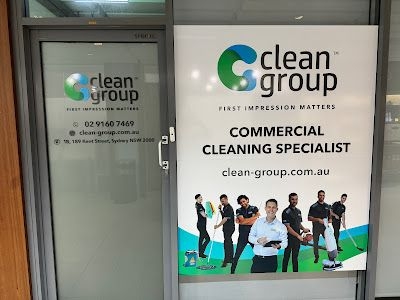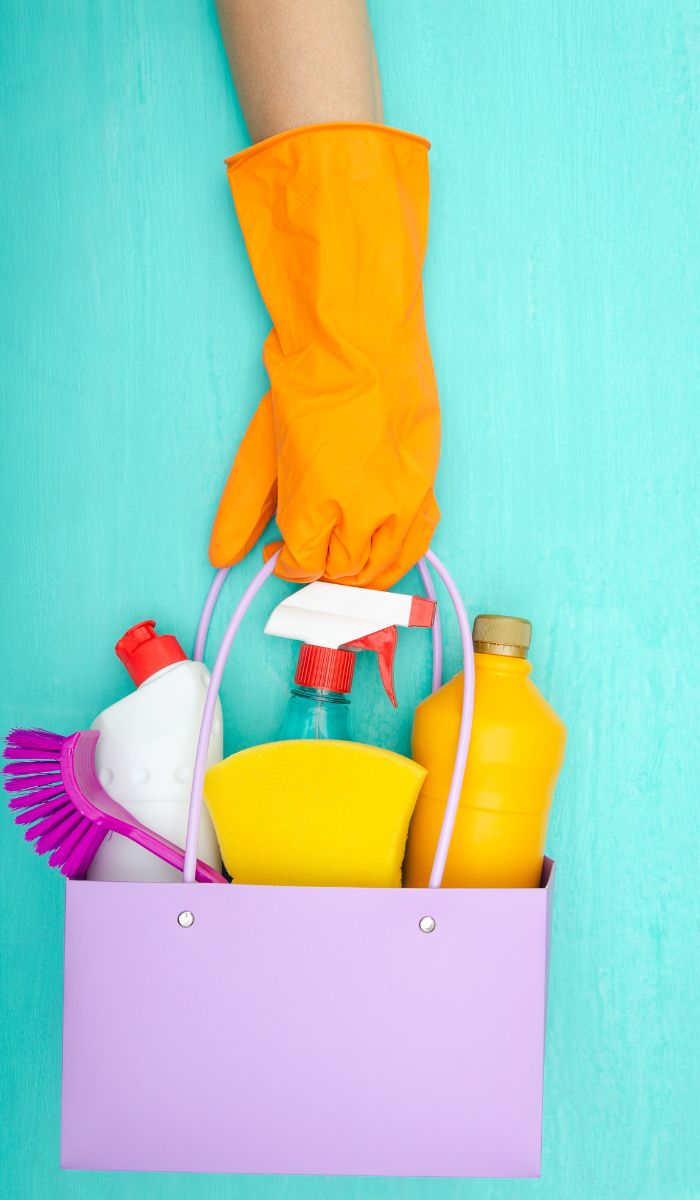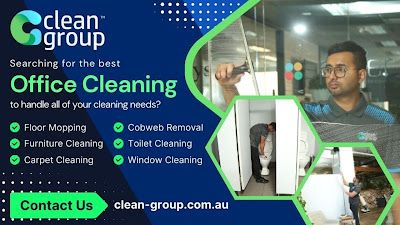
What Are the Liability Concerns with Hazardous Cleaning Chemicals?
What types of surfaces are usually cleaned in commercial buildings?
Overall, the commercial cleaning industry continues to evolve in response to changing workplace dynamics, health priorities, environmental standards, and technological innovations. Its role extends beyond appearance-it supports public health, reinforces brand image, safeguards facilities, and enhances the overall experience of those who use the spaces being cleaned. Clean Group provides comprehensive and professional Commercial Cleaning Sydney across Sydney, NSW. Our fully insured, trained, and security-verified cleaners ensure your workplace stays spotless and hygienic. Schedule a free onsite quote today—book online or call us at 02 9160 7469. Get your obligation-free commercial cleaning estimate for offices, buildings, and other business spaces in Sydney.. The professionals who perform this work are essential contributors to nearly every sector of the economy, and the ongoing recognition of their value is helping to elevate the standards and expectations across the entire industry.
Moreover, commercial cleaning has become a pathway for entrepreneurship and small business development. Many companies start as small, family-run operations and grow into large enterprises by building strong client relationships and delivering dependable results. Franchising is a common model in the industry, allowing new entrepreneurs to enter the market with brand recognition, training, and operational support. This structure creates opportunities for job creation, community involvement, and economic development, particularly in underserved areas.
What Respiratory Issues Are Linked to Cleaning Chemical Exposure?


